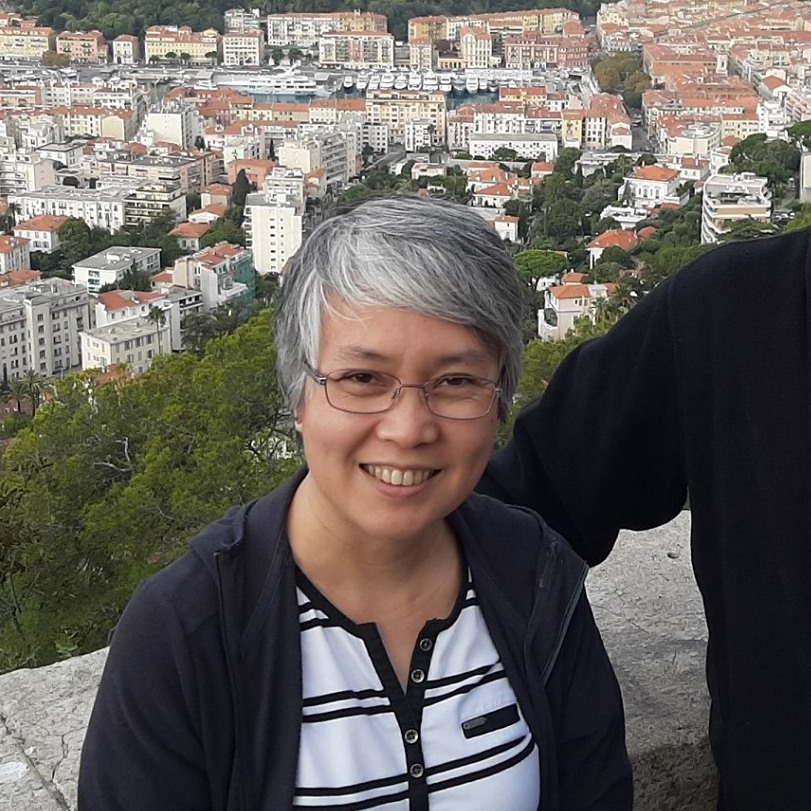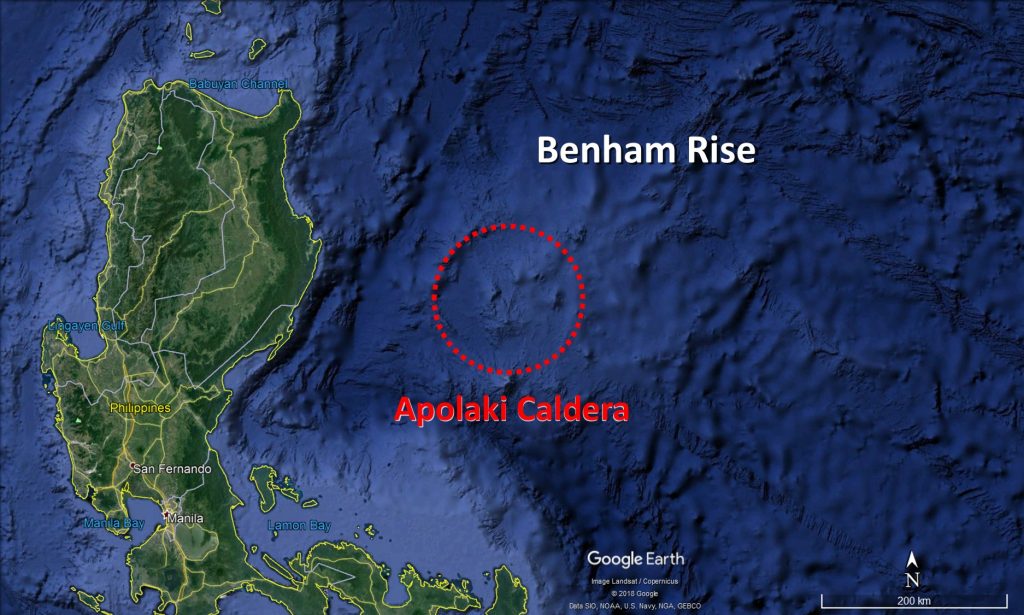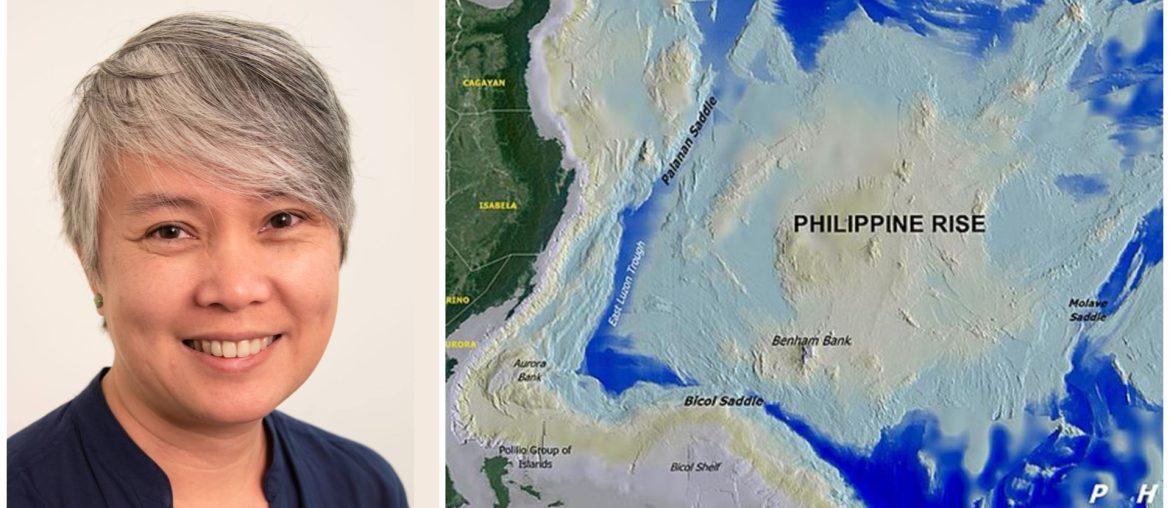With many universities offering the program, geology as a field of interest and career path for young Filipino has been growing steadily for the past few years. But did you know that it wasn’t until the eruption of Mt. Pinatubo that people at the time only considered geology and other related fields such as volcanology as a potential career path?
This was the case for the Filipina geologist who achieved a “Filipino pride” moment when she discovered the world’s largest caldera – Jenny Anne Barretto.

Road to Geology as a Career
Having initially dreamed of becoming an astronaut, Barretto was one of those kids that were amazed by space explorations back in the ‘80s. When Barretto was around 12 years old, her family decided to leave the city life and go back to their provincial life in Kidapawan.
“Mayroon din kaming family sa Mindanao and my parents wanted to move into farming so they left their jobs, moved there; doon ako nag-high school,”
Barretto would then remark that this event made her think as a ‘backward step’ farther from her childhood dream of becoming one of NASA’s fine employees. Nevertheless, she boldly wrote a letter to NASA, stating her dreams and as a response to a program she heard from the organization for young astronaut-hopefuls. She also mentioned that this was back in the ‘80s, and it was even somewhat a struggle finding the address for NASA.

“Siguro naghanap lang ako ng general address ng NASA, kung ano lang nakita ko kasi wala pang Internet noon,”
Barretto says in an interview.
Sometime later, Barretto woke up with a package containing books, basic tools and other learning materials, all from NASA. The international organization received her letter and responded and Barretto mentioned that was indeed a defining moment for her with regards to pursuing her passions.
In 1991, the uneventful eruption of Mt. Pinatubo became nationwide news, and even globally. Affecting hundreds of lives, it also sparked a new interest in geology among many young people including Barretto which prompted her to study metallurgy.
“I thought of metallurgical engineering kasi I said ‘pag naging astronaut ako I would like to conduct experiments on how to make new alloy na pwede mo lang i-mix in zero gravity. Early on I realized that metallurgical engineering is heavy on chemistry, which I did not like,” Barretto shares cheekily. “Bago nila ako sipain out of the program, bago magbagsakan grades ko—kasi I was on a scholarship sa DOST—I have to go.”
Barretto said.

“Wala kasing studies before that so Pinatubo talaga opened the opportunity for a lot of scientists na volcanologists to study kung paano nagbe-behave ang lahar.”
Barretto added.
Since then, Barretto worked her way up to a master’s degree in geology in the University of the Philippines in 1998. After her studies, she managed to work both in local and international organizations that concerned geology. At one point she also became a volunteer geologist for GENADEV, a local NGO.
Discovery of Apolaki Caldera
Fast forward to 2014, Barretto now working abroad when one day randomly researching, she noticed upon literally zooming out the graphs a large impact crater.

“Hindi namin napansin before. Wala pang volcanic crater known na bigger than Yellowstone, which is 60 kilometers wide.”
Barretto remarked, noting that Yellowstone caldera was the largest prior to Apolaki’s discovery.
For those who don’t know, a caldera is a large volcanic crater formed by a major eruption leading to the collapse of the mouth of the volcano. Apolaki Caldera is one of them and located in Benham Rise (Philippine Rise) in the northern part of Philippines. Barretto’s team drove the judgment of United Nations Convention on the Law of the Sea back in 2012 that the rise is indeed part of the Philippine territory.
From 2014 to 2018, Barretto and her team gathered data from an open source and eventually published a paper in 2019. Scientists noted how massive the discovery was, with the Apolaki caldera now known worldwide as the largest. The research included the crater’s possible eruption, which is unlikely, as its last eruption was around 25 million years ago. Much of the initial data from Benham Rise was also used for Apolaki Caldera’s eventual discovery.
Barretto aptly named the caldera “Apolaki” where in it means “giant lord” in Filipino but is also the name of the god of sun and war in some pantheons in Philippine mythology and the indigenous Philippine folk religions.
Currently, Barretto is now working for GNS Science in New Zealand and is also a member of American Association of Petroleum Geologists and the Geological Society of the Philippines. She visits the Philippines also for further research and an advocate for the expansion of geology as an interest among the youth.



3 Comments
How do you pronounce the last letter of Apolaki, is it a long i or short i?
Apolaki with a long i…..
Just a guess😊
Our pride to a filipina geologist whom discovers caldera,,,,our philippine pride,,,mabuhay po kayo Mam Jenny Barreto